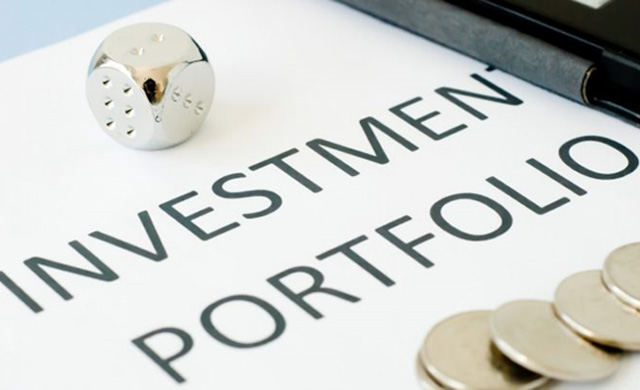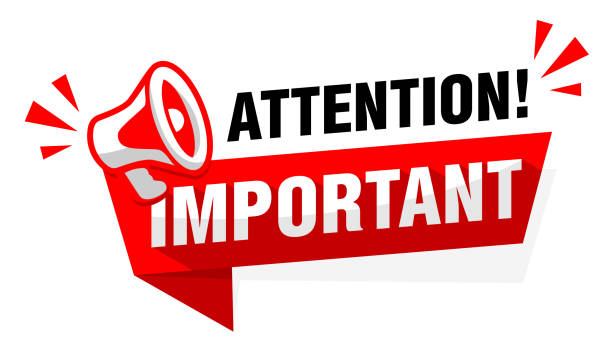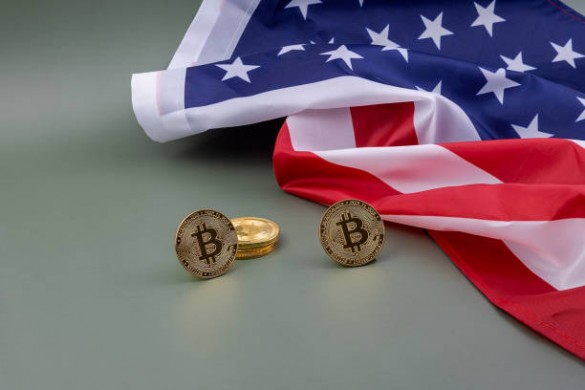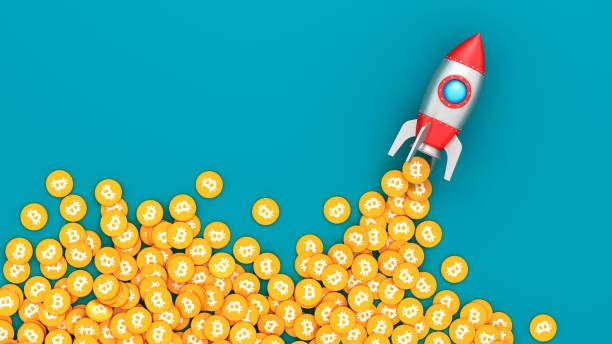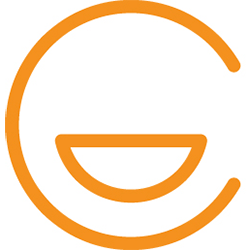In international markets, Gillette and Procter & Gamble face a mighty competitor in the Anglo-Dutch giant Unilever, with its terrific range of personal care and food products. Unilever was bigger than both the American companies in many countries and enjoyed greater leverage with retailers.
Jim Kilts, CEO of Gillette approached P&G with a plan to merge (after obtaining Buffett’s approval). The two companies had little product overlap which increased the chances that the anti-trust regulators would not block the deal.
The Gillette’s razor business in particular neatly extended P&G’s beauty and grooming business, strengthening bargaining clout with retailers. For example, Wal-Mart was able to bargain hard with suppliers and it accounted for 17% of P&G’s sales and 13% of Gillette’s.
By bringing together 21 “must-have” brands each with between $1bn and $10bn of annual sales the P&G-Gillette combination would be able to withstand pressure from the professional buyers supermarkets employ, “Retailers can’t afford not to stock their brands. The merger is an attempt to increase the balance of power with the big supermarket groups,” said an analyst on the announcement. [1]
Kilts told the press he was optimistic about the merger because of the dominant scale it would bring, “strength plus strength equals success”. As well as improving bargaining power P&G anticipated both revenue and cost synergies.
Also, the combined marketing budget (over $3bn) would add a great deal of muscle when negotiating with media companies and advertisers.
P&G offered 0.975 of its shares for each share of Gillette in January 2005, amounting to about $57bn (29% of the combined entity). The new P&G would have a market capitalisation of around $200bn and sales of $61bn, making
………………To read more subscribe to my premium newsletter Deep Value Shares – click here http://newsletters.advfn.com/deepvalueshares/subscribe-1

 Hot Features
Hot Features

